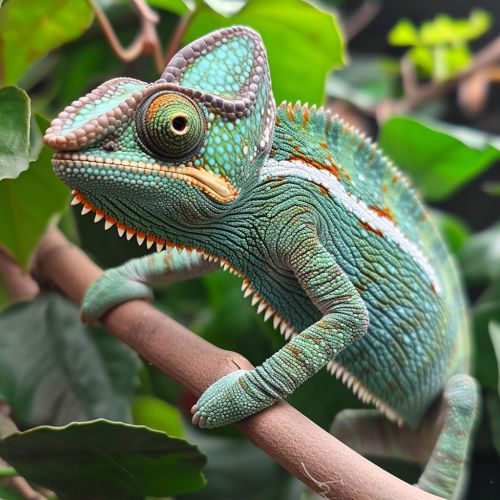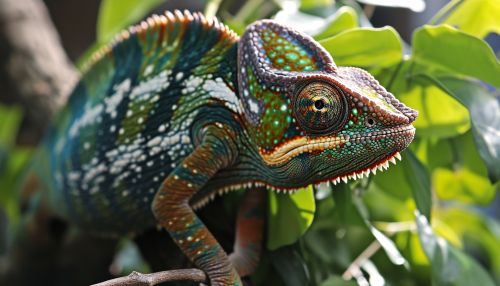Phenotypic Plasticity in Animals
Introduction
Phenotypic plasticity refers to the ability of an organism to change its phenotype in response to changes in the environment. This phenomenon is widespread in the animal kingdom and plays a crucial role in the survival and evolution of species. Phenotypic plasticity can involve changes in morphology, physiology, behavior, and life history traits. It is a complex process that involves a variety of genetic, epigenetic, and environmental factors.


Mechanisms of Phenotypic Plasticity
Phenotypic plasticity is primarily driven by changes in gene expression, which are influenced by both genetic and environmental factors. The epigenetic regulation of gene expression plays a crucial role in phenotypic plasticity. Epigenetic changes, such as DNA methylation and histone modification, can alter the activity of genes without changing the DNA sequence. These changes can be stable and heritable, allowing organisms to adapt to changing environments over generations.
Types of Phenotypic Plasticity
There are several types of phenotypic plasticity, including developmental plasticity, acclimation, and polyphenism. Developmental plasticity refers to changes in the phenotype that occur during the development of an organism. Acclimation involves short-term changes in the phenotype in response to changes in the environment. Polyphenism refers to the phenomenon where a single genotype can produce two or more distinct phenotypes, depending on environmental conditions.
Role in Evolution and Adaptation
Phenotypic plasticity plays a crucial role in the evolution and adaptation of species. It allows organisms to respond to changes in the environment in a flexible and adaptive manner. Phenotypic plasticity can facilitate the colonization of new habitats, the exploitation of new resources, and the survival in changing environments. It can also influence the process of natural selection and contribute to the evolution of new species.
Examples in Animals
There are numerous examples of phenotypic plasticity in animals. For instance, many insects exhibit polyphenism, where different environmental conditions can lead to the development of different morphs. Another example is the ability of some fish species to change their sex in response to changes in the social environment. Some birds can alter their song patterns based on their social interactions. Many mammals, including humans, can acclimate to high altitudes by increasing their red blood cell production.
Conclusion
Phenotypic plasticity is a fascinating and complex phenomenon that plays a crucial role in the survival and evolution of species. It involves a variety of genetic, epigenetic, and environmental factors and can result in a wide range of phenotypic changes. Understanding the mechanisms and implications of phenotypic plasticity can provide valuable insights into the biology and evolution of animals.
